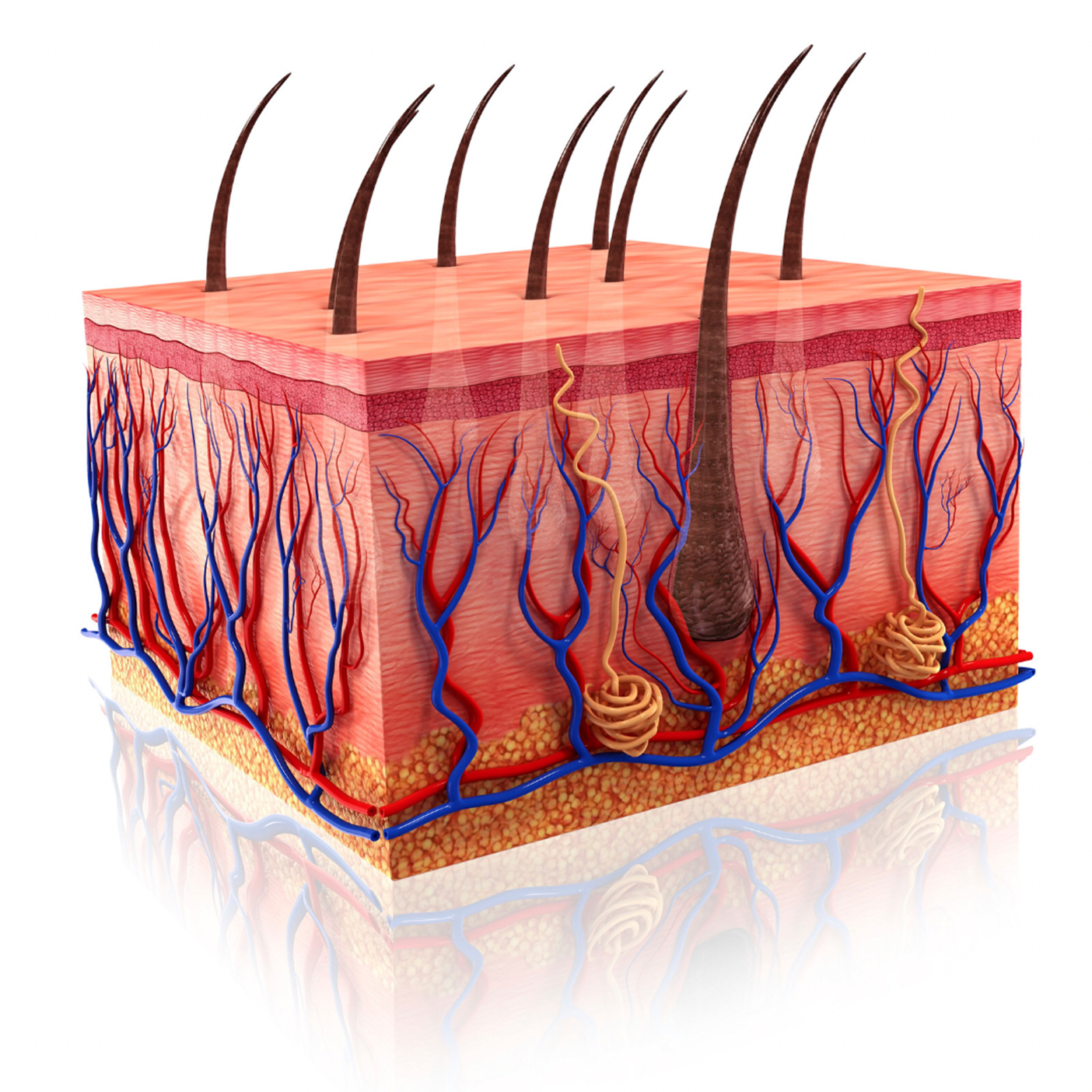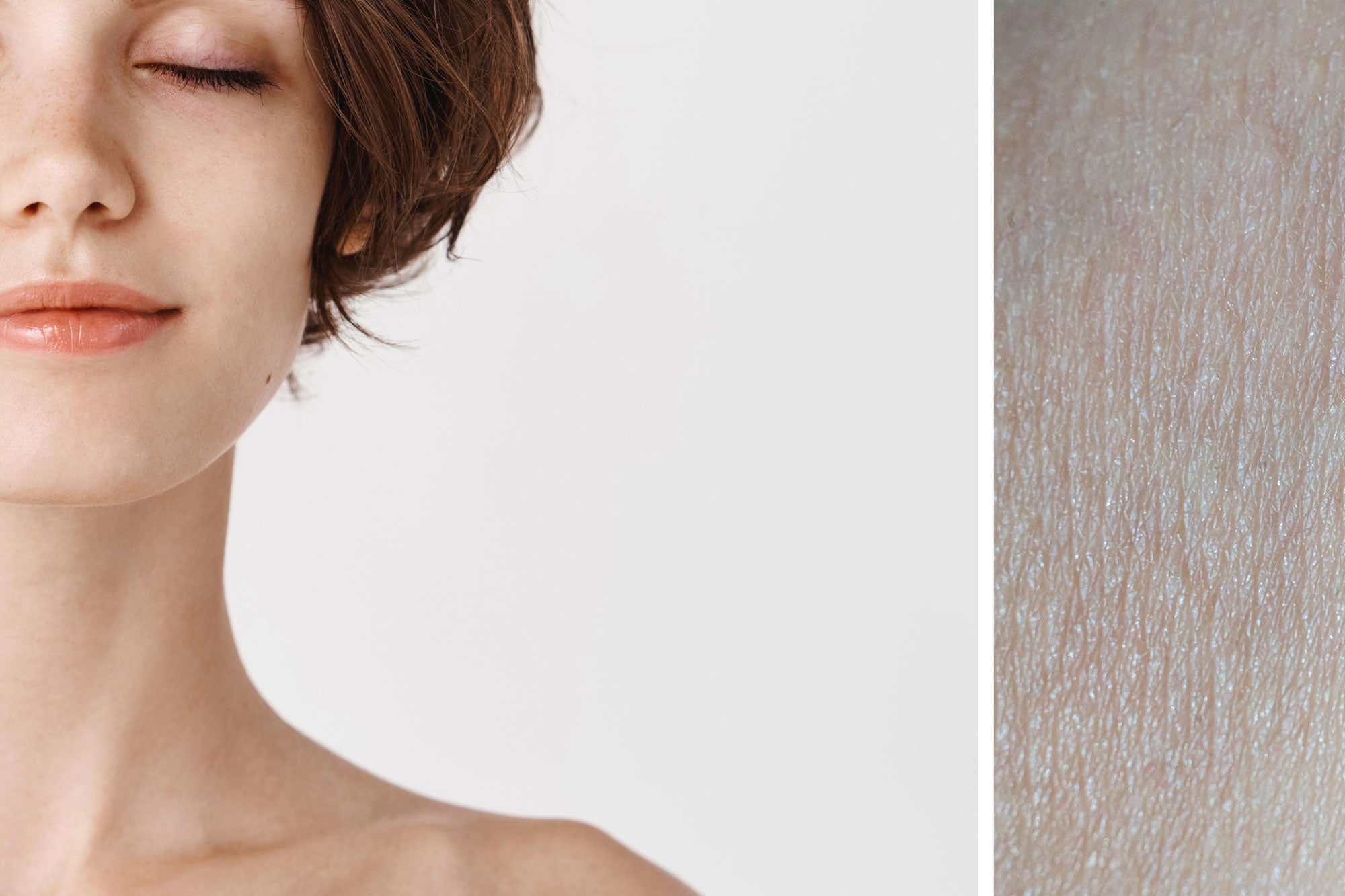Today’s skincare discussion here on the NEWA blog is all about menopausal skin! Many Women have mature skin and are noticing menopausal skin changes. In this blog post, we will be covering what is occurring in the skin alongside menopause - and what you can do to help.

Menopause is a natural stage in the aging process and marks the end of fertility for most women. It’s defined as the end of menstruation - as result of a loss of ovarian follicular activity - and is marked by 12 months without menstruatio
Before that, women experience the menopause transition which is known as perimenopause. This is the months and years before menopause and is often accompanied by various physical and mental symptoms. The severity can vary.
Menopause often occurs in your 40s and 50s, with the average age being 51. Some women undergo surgical menopause or early menopause, experiencing the transition and its symptoms at a younger age as a result.
Menopause transition symptoms can include:
- hot flashes
- mood changes
- trouble sleeping
- thinning hair
- dry skin
- irregular periods
- vaginal dryness
- slower metabolism
- chills and night sweats
Surprisingly though, one survey found that many women don’t seek treatment for menopause symptoms. The research on menopause, as well as treatment options, has advanced significantly. While this blog focuses on the skin, we do recommend discussing your options with a trusted medical provider.
Menopause and the Skin

The hormone fluctuations and changes associated with menopause also have a significant impact on our skin. Estrogen hormones decline as women age and after menopause, estradiol levels reach near zero. Because estrogen plays such a vital role in the skin, estrogen deficient skin is associated with a significant impact on skin health and aging.
Impact of Estrogen Deficiency on Skin:
- reduced fibroblast function.
- declining collagen and elastin in dermis
- less hyaluronic acid in epidermis
- decreased antioxidant protection
- less sebum production
- impaired wound healing
The above leads to thinning skin and wrinkles, dryness, and impaired skin barrier function particularly.
Treatment

The American Academy of Dermatology recommends early intervention, suggesting that you want to stimulate collagen formation while the skin is still responsive. They also recommend estrogen supplementation - if approved by your doctor.
Treatment Options:
- collagen induction with proven therapies like NEWA Radio Frequency
- discuss topical estradiol or alternatives like soy isoflavones with your doctor
The NEWA device can help with the formation of new collagen and elastin in the skin so there won’t be a rapid decline in skin health and appearance as you approach and pass menopause. It also helps with the formation of glycosaminoglycans like hyaluronic acid in the skin.
Supportive Skincare:
- apply sunscreen and topical antioxidants to protect skin from oxidative stress
- consider a hydrating toner or serum with humectants like hyaluronic acid, glycerin, and peptides to help restore moisture to the skin
- use a rich moisturizer with skin identical ingredients like niacinamide and urea as well as key lipids like ceramides to help with dryness
- make sure you’re using a gentle cleanser that won’t strip moisture or lipids from the skin
Did you enjoy this article? Make sure you’re following us on Instagram and join our Facebook community for more skincare education and tips.




